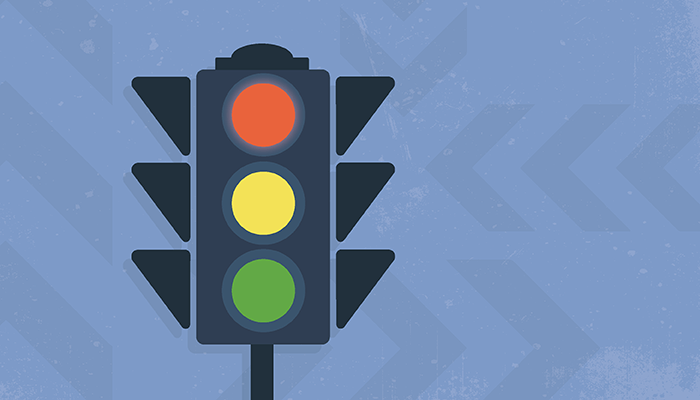
Back in 2017, a British Ophthalmological Surveillance Unit Report revealed that over 20 people per month suffered permanent vision loss as a result of delayed treatment follow-ups in the UK (1). In the wake of the report, the Healthcare Safety Investigation Branch recommended the implementation of risk stratification models to safeguard future glaucoma patients – but no further attempts have been made to integrate risk stratification models into one coherent framework. Evidence-based risk stratification models, which help clinicians make better management decisions for patients at higher risk levels, can have a substantial impact on patient outcome – but there is no general consensus on their use in the UK.
Given that glaucoma is the leading cause of preventable blindness in the UK and that COVID-19-related backlogs are not helping, researchers critically appraised current approaches to glaucoma risk stratification, discussing how these models might be best applied (2). The authors state that risk stratification models should be individualized to “incorporate both ocular and systemic comorbidities, rate of disease progression, visual needs and driving status,” as well as undergoing continuous clinical refinement to justify their implementation. Though existing Red/Amber/Green threshold models have served as a somewhat effective interim solution, note the authors, practical predictive models – tailored towards specific local needs and resources – are now needed to help remedy the problem.
References
- B Foot, C MacEwen, “Surveillance of sight loss due to delay in ophthalmic treatment or review: frequency, cause and outcome,” Eye, 31, 771 (2017). PMID: 28128796.
- A Poostchi et al., “Clinical risk stratification in glaucoma,” Eye (Lond), [Online ahead of print] (2023). PMID: 36918628.
